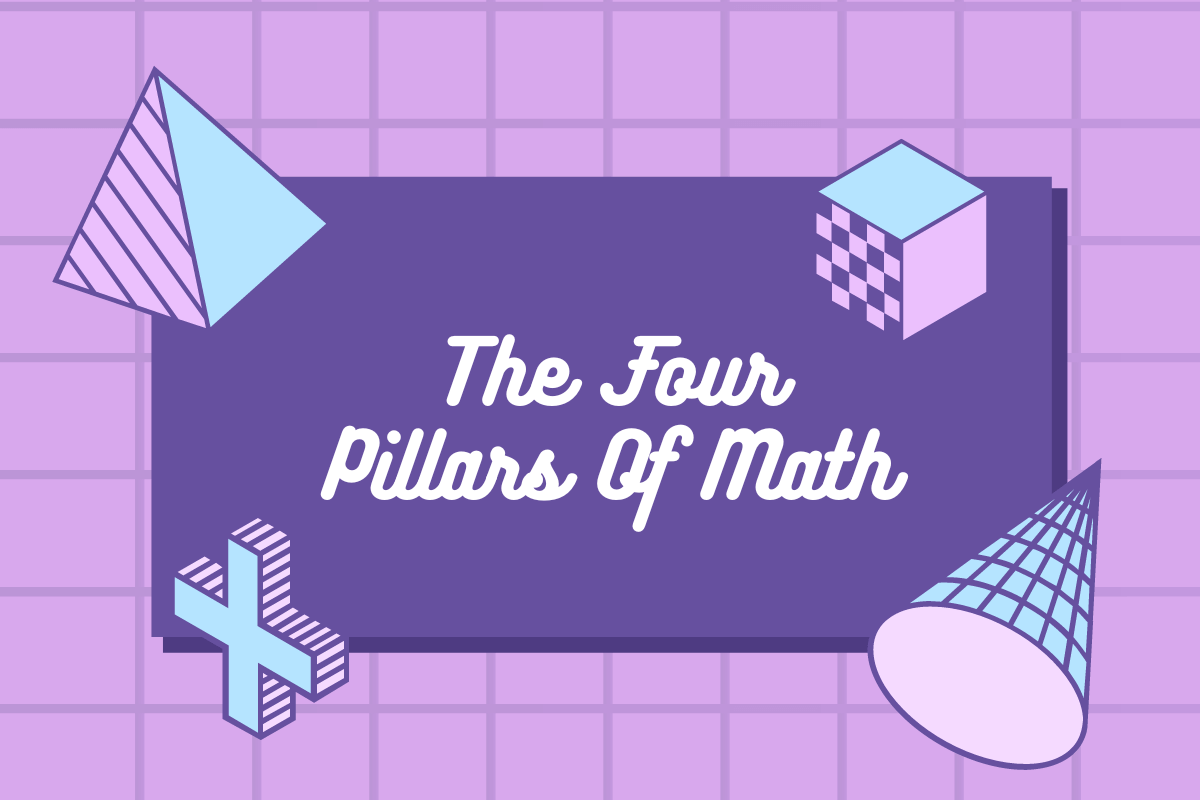If you’re a parent, there’s a good chance that you’ve experienced the following situation: You’re helping your child with their math homework, and they just can’t seem to get it. They don’t understand what they’re doing, they can’t remember how to do basic operations, and everything seems to be a struggle. It’s frustrating for both […]



